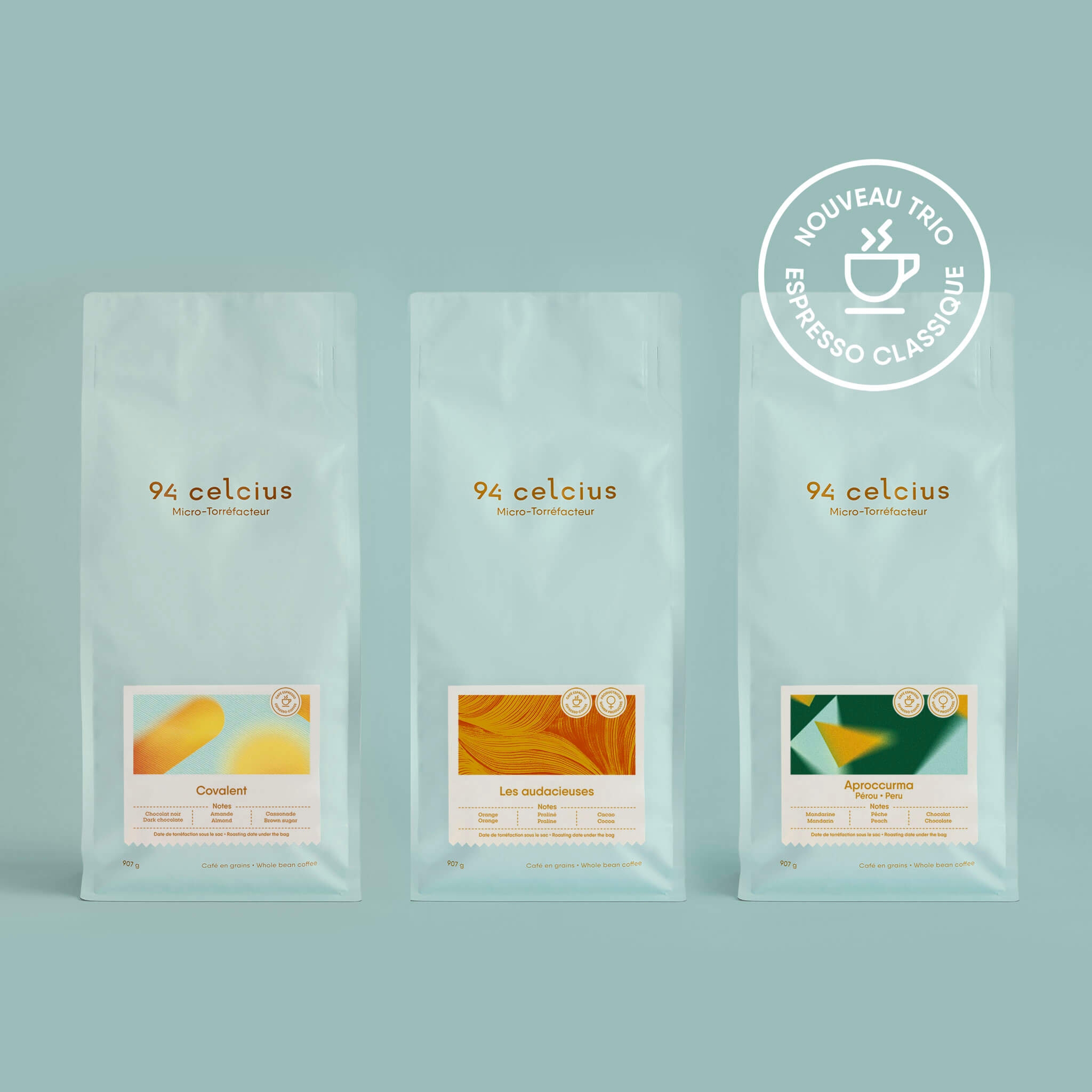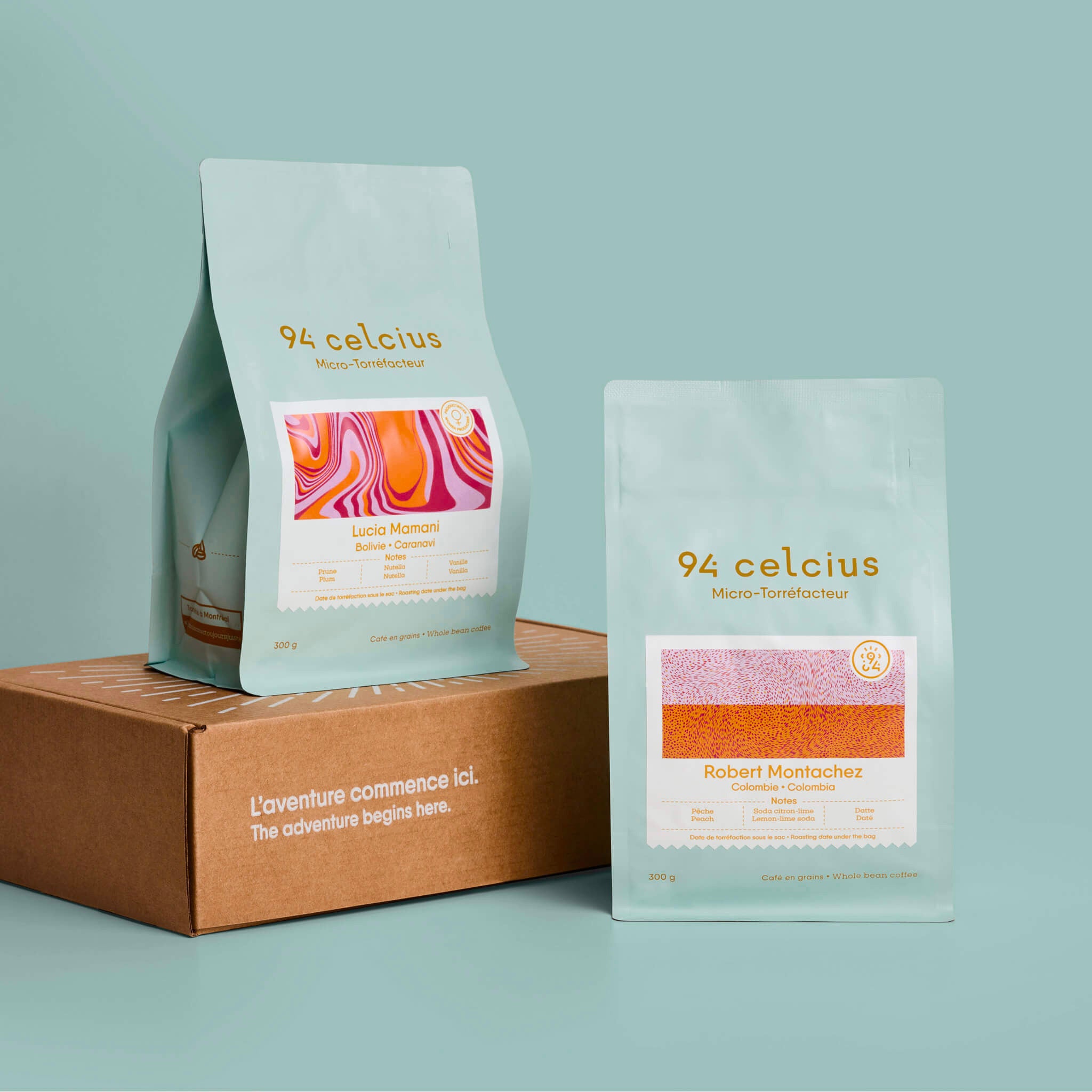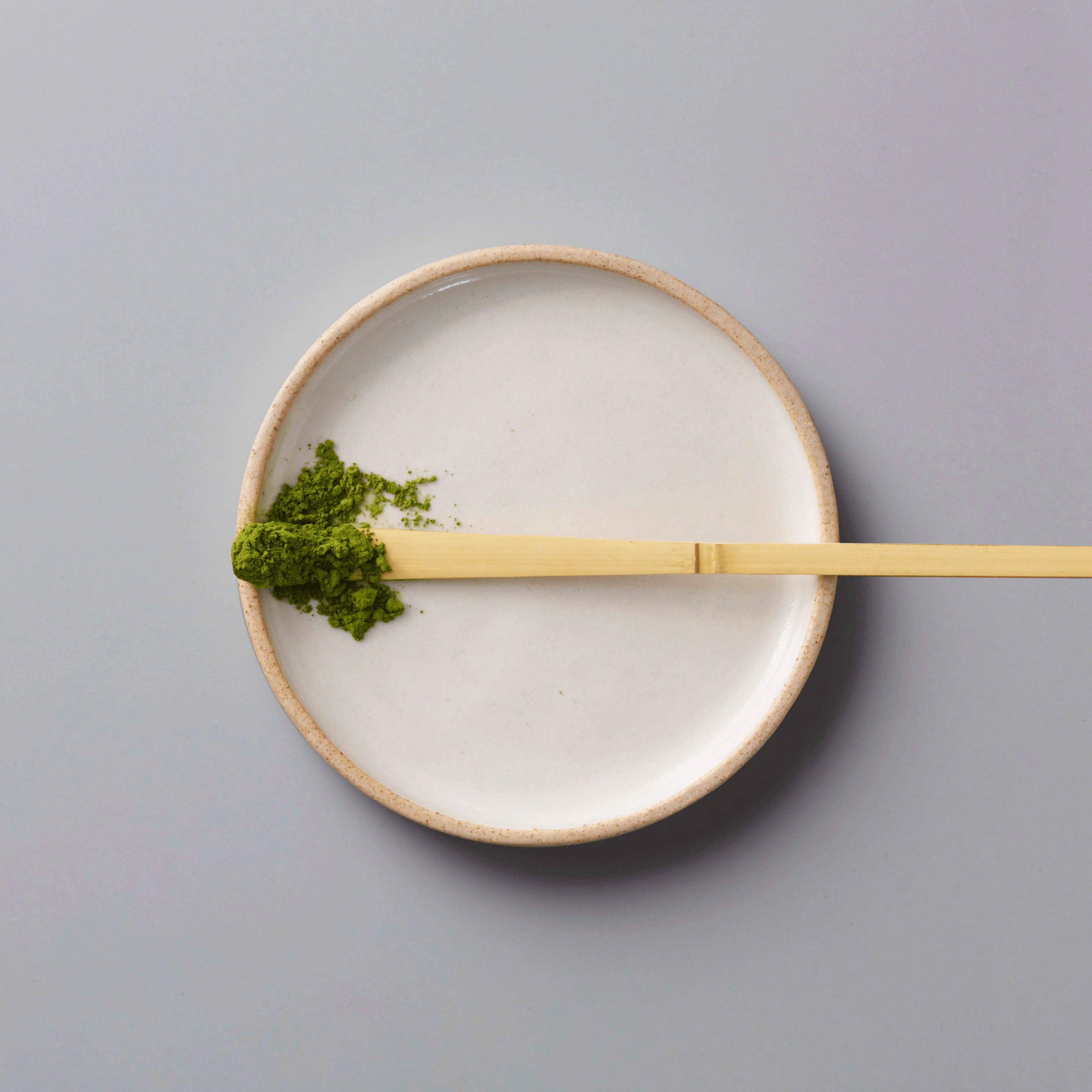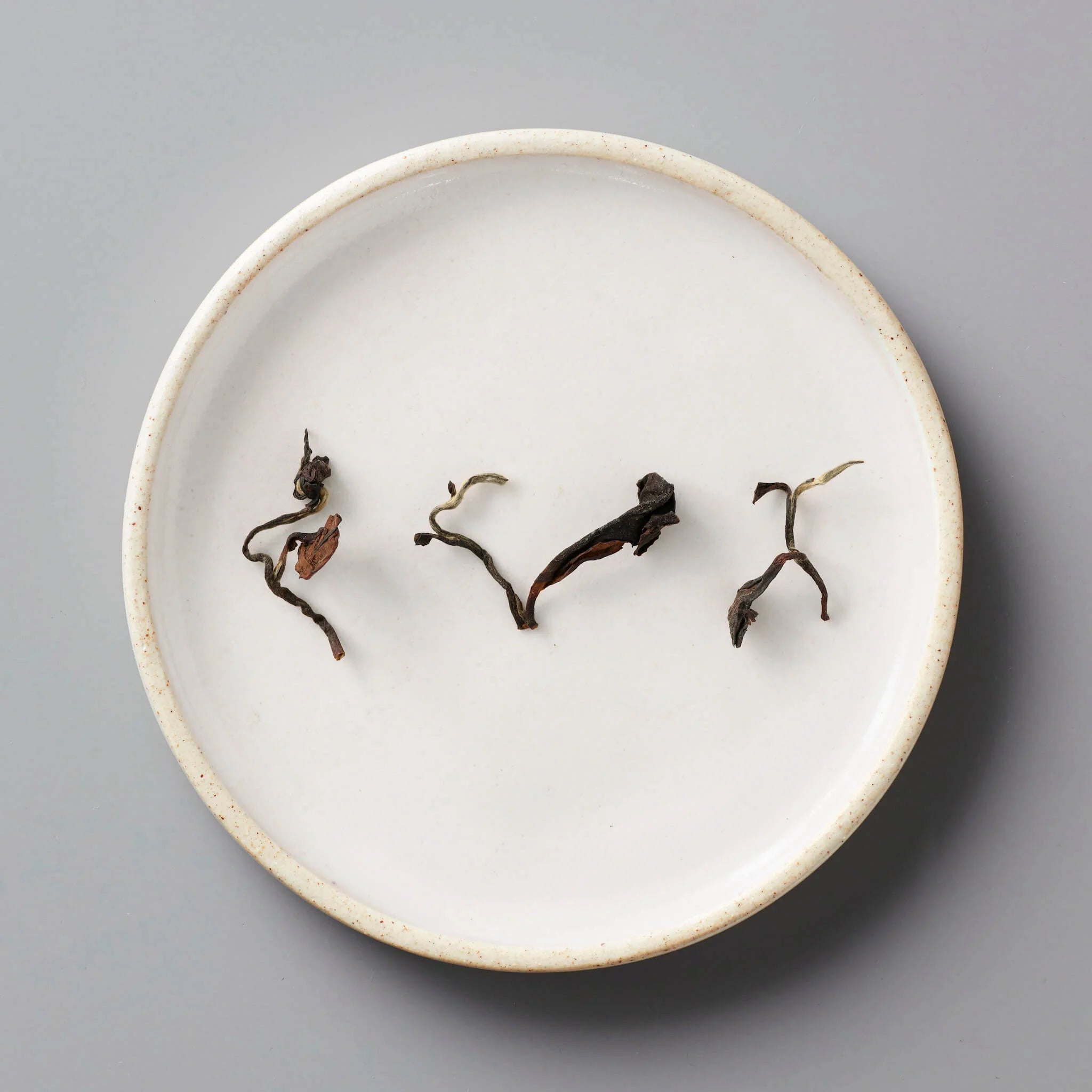Breaking the myth of "lightness
The first misconception surrounding light roasting is that it lacks character. The reason? Many people associate the strength of a coffee with its bitterness. But bitterness is only one component of the taste profile. Light coffees, devoid of the carbonation often found in darker roasts, do not rely on bitterness to build their identity. Instead, they are distinguished by a delicate acidity, sometimes fruity or floral, that has nothing to do with the overly pronounced "citrus" acidity we often imagine.
This acidity brings a liveliness and freshness that give the impression of plunging into the heart of the terroir, as if you were walking through a coffee plantation in the early hours of the morning. It's an immersion in the very origin of the bean, in its history and in the alchemy of the land where it was born. When you open yourself up to this approach, tasting becomes an invitation to contemplation, to the discovery of nuances of aroma that reveal themselves in harmony.
Between subtlety and complexity: the magic of light roasting
Grains reveal their terroir
A coffee bean is a reflection of its terroir and the work of the men and women who have grown it. Altitude, botanical variety, soil quality and processing method (washed, natural, honey, etc.) all influence the final taste. Light roasting preserves these characteristics. Where dark roasting tends to unify flavors under a more toasty color, light roasting preserves the aromatic structure that makes each origin unique.
Think of the bean as a passport to its homeland. Instead of layers of toast, light roasting sends us straight to the heart of the plantations: fruity, floral notes, sweet spices, sometimes a touch of subtle caramel. Coffee becomes a unique field of exploration for those who love to travel through their cup.
Less bitterness, more vivacity
In the popular imagination, bitterness is often associated with "full-bodied" coffee. However, full-bodied does not necessarily mean "tastier". Rather, it means that the bean's natural sugars have been caramelized (or even burnt) to a greater extent during roasting. A darker bean will have more pronounced roasted flavors, but the aromatic spectrum of the terroir may take a back seat.
Light roasts, on the other hand, leave plenty of room for noble acidity: a slight hint of citrus, aromas of red berries, sometimes orange blossom, depending on origin. This acidity, though present, blends harmoniously with the rest of the flavors. It's not the sourness we fear, but rather the liveliness that brings out the cup's finesse. With a light coffee, we enter a sensory universe where everything is a question of balance and precision.
Lighter but not weaker bodies
It's true that a light-roasted coffee will generally have a less dense body in the mouth than a very dark coffee. But less density doesn't mean less pleasure. On the contrary, you'll enjoy a silky, sometimes delicate sensation that enhances the aromatic nuances. With a good extraction ratio, this lightness allows you to distinguish each flavor, as if you were browsing a detailed map of aromas.









